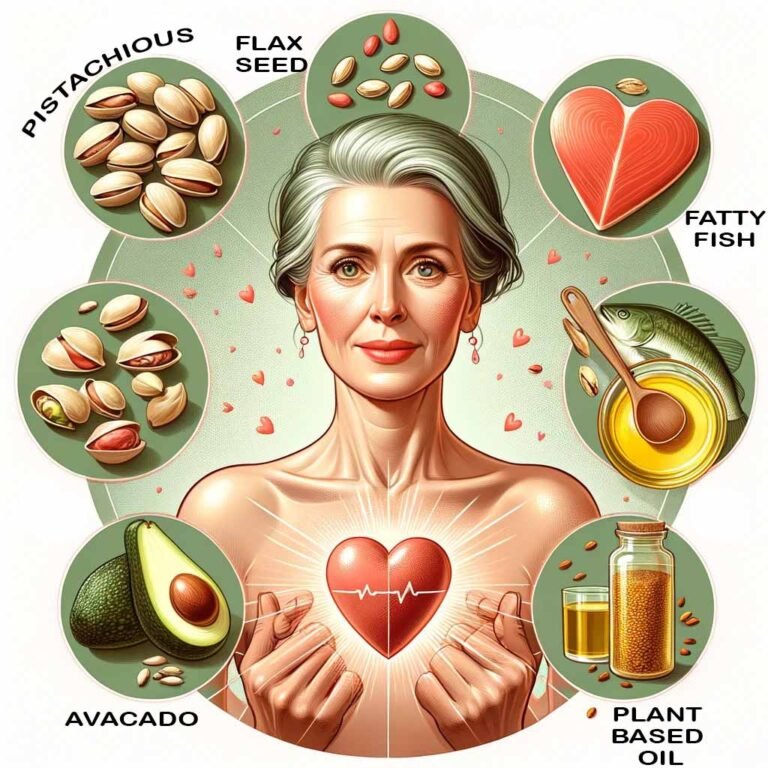If you have diabetes, avoid these five breakfast mistakes.
Here’s how to maintain a healthy blood sugar range while still enjoying your meals. Breakfast is a chance…
Here’s how to maintain a healthy blood sugar range while still enjoying your meals.
Breakfast is a chance to establish the tone for the day, particularly for those with diabetes. Your blood sugar levels later in the day are influenced by your breakfast, which has an effect on your general health, energy level, and mood. However, breakfast doesn’t always have to be hectic; it may be enjoyable, delectable, and filling.
Finding out how different foods affect blood sugar levels can help you put together meals that will help you achieve your goals, which is one of the greatest methods to create a balanced morning meal. Thankfully, there is no one-size-fits-all diabetes diet plan, so you have a wide range of choices. Additionally, sustaining the joy of eating and savoring meals from one’s own culture are crucial components of a long-term, balanced diet.
Continue reading to find out more about these five typical breakfast blunders, how they can impact your diabetes care, and how to implement small but effective blood sugar-lowering modifications.
If You Have Diabetes, These 5 Breakfast Mistakes Are Common
1. You Are Not Eating Breakfast At All
There are several things to keep in mind for persons with diabetes, regardless of whether you’re skipping breakfast because you’re practicing intermittent fasting or you just don’t like eating it in general. First off, missing breakfast raises the risk of low blood sugar (hypoglycemia) if you take medicine to control your blood sugar. To find the ideal plan for you, find out from your doctor if there have been any changes to the times of your meals.
In addition, declining a breakfast meal can have an impact on your hunger. “I observe people who skip breakfast only to experience extreme hunger later in the day and overindulge in carbohydrates,” says Washington, D.C.-based dietitian and diabetes educator Caroline Thomason, RD, CDCES. Rather of avoiding both high and low blood sugar, she suggests eating a supper heavy in protein and fiber. This will help keep blood sugar more steady throughout the day. Diabetes problems can arise from blood sugar levels that are excessively high or too low, thus preventing large fluctuations is crucial to managing the condition.
If you’d rather have a low-fat breakfast, try sliced pears with low-fat cottage cheese or Greek yogurt, fresh berries with chopped nuts and seeds, or an apple with nut butter and cinnamon.
2. You Had a Low-Fibre Breakfast
non addition to improving sensations of fullness and controlling blood sugar, fiber—the indigestible portion of carbs found non plants—also supports gut, digestive, and heart health.
According to Jacinda Shapiro, RN, BSN, CDCES, a registered nurse, certified diabetes care and education specialist, and owner of EmpowerMe Diabetes wellness, “Fiber is the key to health and management of diabetes.” According to her, fiber encourages the synthesis of short-chain fatty acids, which are involved in blood sugar management. The American Diabetes Association states that those with diabetes should strive to consume 25 to 38 grams of fiber per day, which is the same amount as the general population.
You can include greens in your breakfast, as in this Baby Kale Breakfast Salad with Quinoa & Strawberries, to increase your intake of fiber. Another excellent approach to increase your consumption of fiber is through fruit smoothies, like the Raspberry-Kefir Power Smoothie. Additionally, the chia seeds used in this Blueberry Almond Chia Pudding are incredibly high in fiber.
3. Your Morning Meal Is High in Saturated Fat and Refined Carbs
Store-bought granola, muffins, doughnuts, and pastries, as well as white bread and butter, are examples of traditional high-carb breakfast foods that are high in saturated fat and low in fiber. This concoction increases blood sugar levels and risks heart problems.
According to Peggy Kraus, M.A., RCEP, CDCES, a clinical exercise physiologist and certified diabetes care and education expert, “combining fats with refined carbohydrates is a disaster for blood sugar.” If you’re in the mood for something sweet, try our Maple-Nut Granola, which has been produced with minimal added fat and just a hint of sweetness. Serve it with some Greek yogurt or low-fat cottage cheese and a bowl of berries.
Choose foods that contain healthy fats and whole grains and legumes along with fruits and vegetables for slower-digesting complex carbs. Sample the Avocado Toast and Lentil Bowl with Fried Eggs and Greens, West Coast Style.
4. You Are Overeating
Overeating and unstable blood sugar levels might arise from irregular meal timing. You are more likely to observe irregular blood sugar levels, for instance, if you miss breakfast one day and consume a substantial meal the following day. Naturally, this fluctuates according on your activity level, what you’ve eaten, how much you’ve eaten, and the drugs you take.
Two hours after breakfast, if your blood sugar is elevated, consider what you just had. Attempt to eat roughly the same quantity of carbohydrates for breakfast every day, and observe the effects on your body. A balanced breakfast should include foods high in protein, fiber, and unsaturated fat. These are a few delectable examples: Chickpea and Kale Toast, Raspberry-Peach-Mango Smoothie Bowl, and Stovetop Veggie Frittata.
5. You’re consuming juice.
Juice has no fiber, not even pure fruit juice. Not because juice isn’t nutritious; rather, juice is usually utilized by diabetics to quickly raise their low blood sugar levels. In addition to that requirement, excessive blood sugar elevation boosts insulin synthesis, which may contribute to further weight gain, according to Shapiro.
Choose whole, fresh fruit (which has fiber) and couple it with a protein source in instead of juice. Include fresh juice in your meal and limit yourself to a half-cup serving if you enjoy it and it’s a part of your culture.
In summary
Breakfast gives you the chance to begin your day in a way that supports your health objectives. It’s crucial to eat meals high in fiber, lean protein, and heart-healthy fat when trying to maintain appropriate blood sugar levels. You should also try to reduce added sugar and saturated fats.
Establishing a healthy breakfast routine doesn’t have to be hard or tedious. List the meals you enjoy and combine them in nutrient-dense ways that suit your needs and way of life. Ask for assistance from your healthcare practitioner if you need it.







